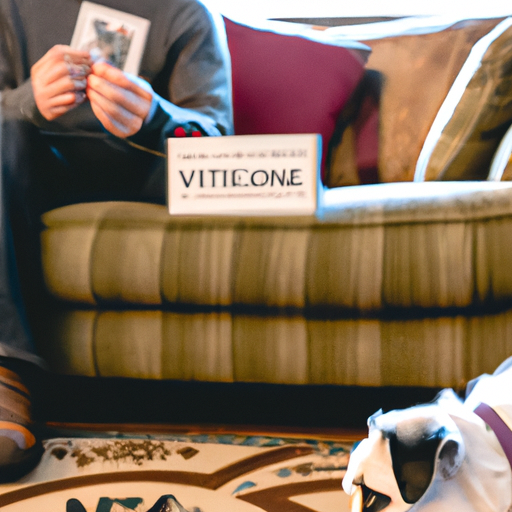Every pet owner knows that dogs are not just pets, they’re family. And like any family member, we notice when they undergo changes. One change you might notice is your dog’s hair turning white. Is this normal, or should you be worried? The answer isn’t always straightforward, but the following sections will help you understand why your dog’s hair might be turning white, and what you can do about it.
- Table of Contents
- Understanding Canine Aging
- Stress and Anxiety in Dogs
- Genetic Factors
- Health Issues
-
Frequently Asked Questions
-
Key Takeaways
- Aging is the most common reason for a dog’s hair turning white.
- Stress and anxiety can also cause whiteness in a dog’s coat.
- Genetic factors play a role in your dog’s hair color.
- Some health issues could cause your dog’s hair to turn white.
- Consult with a veterinarian if you’re concerned about changes in your dog’s coat color.
Understanding Canine Aging
Just like humans, dogs go through aging. This aging process can result in physical changes, including the graying or whitening of hair. This is especially common around the snout and eyes, where the first signs of aging typically appear. It’s a natural part of life and not typically a cause for concern.
Aging in dogs varies depending on their size and breed. For instance, larger breeds tend to age faster than smaller ones. According to PetMD, a giant breed dog, like a Great Dane, is senior by 6-7 years, while a small breed dog, like a Chihuahua, isn’t considered senior until around 10-11 years.
Stress and Anxiety in Dogs
Just as stress can cause hair color changes in humans, the same can happen in dogs. Stress and anxiety in dogs can lead to premature graying. If your dog is continuously exposed to stressful situations, such as loud noises or a disruptive home environment, they could start to show signs of whitening hair.
One study published in the journal Applied Animal Behaviour Science found an association between anxiety and impulsivity and premature graying in dogs. If you suspect that stress is causing your dog’s hair to turn white, it’s important to identify and minimize these stressors.
Genetic Factors
Genetic factors can also play a significant role in your dog’s hair color. Some breeds, such as the Bichon Frise or Maltese, are predisposed to have white hair. Similarly, some dogs carry genes that cause their hair to turn white as they age. If your dog’s parents or siblings have white hair, it’s likely that your dog will also develop white hair over time.
Health Issues
In rare cases, a dog’s hair may turn white due to certain health issues. Diseases such as vitiligo or hypothyroidism can cause depigmentation in a dog’s coat, leading to white or lighter-colored hair.
Vitiligo is a condition that causes loss of pigment in certain patches of skin and hair. It’s rare in dogs and is more common in certain breeds like the Rottweiler and the Dachshund. Hypothyroidism, on the other hand, is a common hormonal disorder in dogs that can lead to hair loss and changes in hair color.
If you notice sudden or extensive whitening in your dog’s coat, it’s always a good idea to consult with a veterinarian. They can rule out any potential health issues and provide guidance on how to manage these changes.
Frequently Asked Questions
1. Can diet influence my dog’s hair color?
While diet doesn’t directly influence a dog’s hair color, a balanced and nutrient-rich diet contributes to overall hair health, which can impact its color and texture.
2. Can I prevent my dog’s hair from turning white?
There’s no proven way to prevent your dog’s hair from turning white, especially if it’s due to aging or genetics. However, maintaining a stress-free environment and a healthy lifestyle can help maintain your dog’s overall health, including the health of their coat.
3. Is there any treatment to restore my dog’s hair color?
There’s no treatment to restore hair color in dogs. It’s more important to focus on ensuring your dog is healthy and happy. If the color change is due to an underlying health issue, treating that issue might restore some color.
In conclusion, it’s important to remember that our furry friends age, just like us. It’s our job to ensure that they age gracefully and comfortably. Whether it’s through maintaining their health with regular vet visits, providing a balanced diet, or simply giving them a stress-free and loving environment, every bit helps. For more tips on caring for your aging pet, check out the articles on OneTopDog.
For additional reading, you can also consider these articles on understanding dog aging, managing dog stress, and exploring the genetics of dogs.



